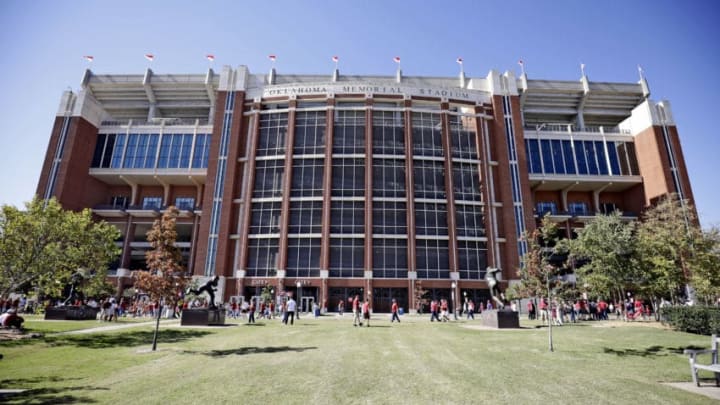
Bad: He played a role in a bad Ohio State defense last season
The Buckeyes were terrible on defense last year, almost as bad as Oklahoma. Ohio State allowed 5.84 yards per play last year, worse than Oklahoma’s 2017 output of 5.66, though not quite as bad as the Sooners’ 2018 number (6.01).
Grinch coached a group of safeties that underwhelmed in Columbus last year and were a big part of giving up 40-plus points to mediocre offenses like Maryland and Purdue.
Some could (probably fairly) come to his defense and say that he wasn’t really calling the shots and never seemed to mesh well with defensive coordinator co-defensive coordinator Greg Schiano (fair, considering it was Schiano calling all of the plays and relegating Grinch to a glorified position coach), but his name was still attached to a defense that wasn’t particularly great and probably worse than the 2017 unit that was so bad it likely cost the Sooners a shot at a national title.
Good: Grinch can work both with and against the spread offense
The 38-year-old made a splash when he helped turn the Washington State defense into one of the better units in the country. Despite seeing the field a ton under Mike Leach’s Air Raid scheme Grinch was still able to take an defense worse than No. 100 in the NCAA and make it a top 40 defense. I think most of the Sooner Nation would tend to agree that top 40 defense in Norman the past two seasons could very well have meant a pair of national championships.
Grinch will call slants, coverage shifts and make last-minute changes to the front to try and stay ahead of opposing offenses, gain the advantage and go on the attack. His one-gap system means players will be moving upfield at the snap of the ball, rather than the previous few seasons of reading and reacting.
“The scheme is designed to let players play fast,” he said in the University of Oklahoma press release. “It’s a downhill approach. We work into gaps in our front and speed is our calling card. Today’s offenses are built on space and speed. You have to combat that with speed of your own. With speed on defense, it affords you the opportunity to run a multiplicity of coverages and fronts.”
He set the goal for his Washington State teams to create 24 turnovers a season. That’s welcome news for a Sooners group that is coming off a season with the least turnovers forced in school history.
